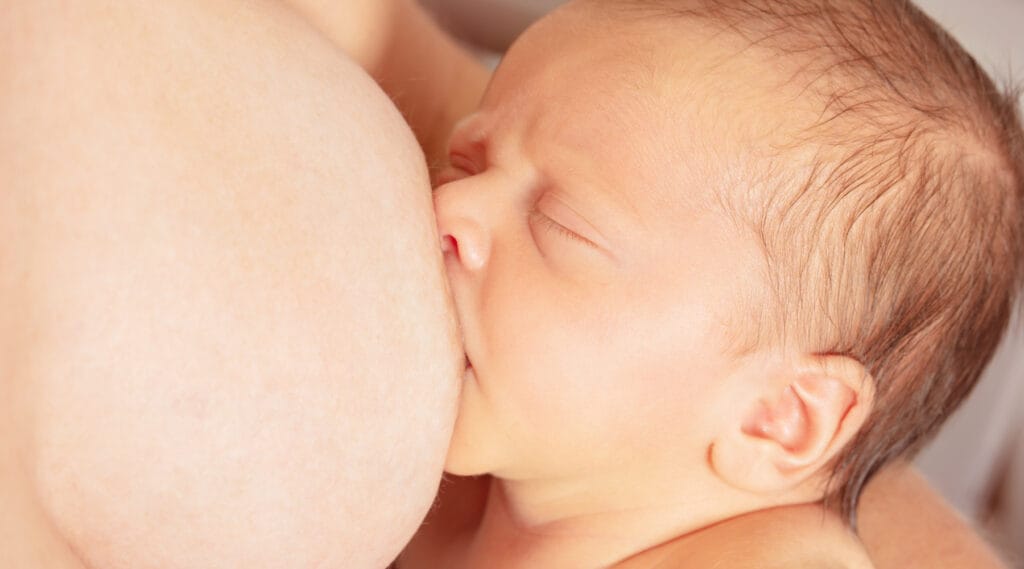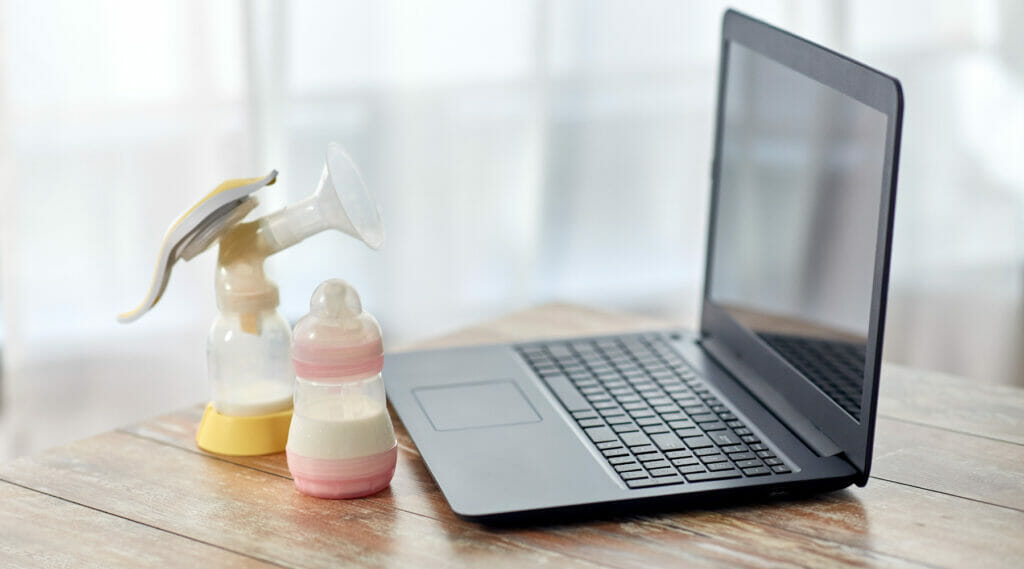Skin cancer is the most common cancer diagnosed in Australia, where we have one of the highest rates on the planet, due to our proximity to thinner ozone areas. Ultraviolet (UV) radiation from the sun causes cell damage
The sun’s ultraviolet (UV) radiation is the major cause of skin cancer. UV damage also causes sunburn, tanning, premature ageing and eye damage. The good news is you can prevent damage – and skin cancer – by being SunSmart.
Sun protection is recommended whenever UV levels reach 3 or higher. Below 3, sun protection isn’t recommended unless you are outdoors for extended periods or near reflective surfaces, like snow. It’s seldom necessary – or recommended – to apply sunscreen to children under 6 months of age, unless absolutely necessary. As they’re not yet mobile, most babies can be covered with wide-brimmed hats, umbrellas or natural shade; beach canopies are excellent for this.
Australians shouldn’t expose themselves to potentially harmful UV to get more vitamin D. Evidence suggests that prolonged sun exposure doesn’t cause vitamin D levels to to increase further but it does increase your risk of developing skin cancer. When UV levels are 3 or higher, most Australians get enough vitamin D with just a few minutes of sun exposure while doing everyday tasks (10 square cm of skin exposed to the sun for 10 minutes is the average daily requirement).
Unlike the sun’s heat and light, we can’t see or feel UV radiation, so check the UV for your location on the free SunSmart app or on the Bureau of Meteorology website.
For the best protection, he Anti Cancer Council of Australia recommends these five SunSmart steps:
- Slip on covering clothing: Choose clothing that covers as much skin as possible, for example, collared shirts with long sleeves. Some clothing may carry an ultraviolet protection factor (UPF), which is a guarantee of how much UV protection a fabric provides.
- Slop on SPF 30 (or higher) broad-spectrum, water-resistant sunscreen: Apply a generous amount of sunscreen to clean, dry skin at least 20 minutes before you go outside. For big kids (average sized 10 year old) use at least 4.5 teaspoons (22 mL), for little kids (average sized 3 year old) use 2.5 teaspoons (12 mL). Reapply sunscreen every two hours or after swimming or excessive sweating. Always make sure your sunscreen is within the use by date, as efficacy can be lost.
Remember: sunscreen is not a suit of armour and should be used with other sun protection measures.
- Slap on a hat: Choose a broad-brimmed, legionnaire or bucket style hat which shades your face, nose, neck and ears, which are common sites for skin cancers. Caps and visors do not provide enough protection.
- Seek shade: Use trees, shade structures, or bring your own canopy! Shade reduces UV radiation, but it can still reach you via reflection, so make sure you use shade in combination with other sun protection measures.
- Slide on some sunglasses: Sunglasses and a broad-brimmed hat worn together can reduce UV radiation exposure to the eyes by up to 98%. Sunglasses should be worn outside during daylight hours. Choose close-fitting, wrap-around sunglasses that meet the Australian Standard AS/NSZ 1067.
A message for adults & kids – keep an eye on your skin!
Check your skin regularly for any new spots or changes in shape, colour or size of existing spots. If you notice anything unusual, see your doctor as soon as possible. Most skin cancer can be successfully treated if it is found early. Remember, if you have any concerns or questions, please contact your doctor.
What sunscreen does Dr Golly Recommend for kids?
As a paediatrician, I always have to remain brand-agnostic when it comes to medicines, homeopathics and listed pharmaceuticals. I always recommend buying children’s sunscreen (even for adults) as it’s usually made with less perfumes and ingredients. Australian guidelines for sunscreen manufacturing are very strict so as long as it’s got an Aust L, is 30+ or 50+ as per the guidelines, it should be fine. Remember when trying a new brand to always test a small amount on your child before you lather them up, due to unforeseen reactions to any ingredients.
The sunscreen bottle says to a consult a doctor for use on a baby under 6 months?
A baby under 6 months of age really shouldn’t be in the direct sun at all. Use UV protective breathable covers on their pram, and swim or do water play in the shade. If you can’t find shade at a pool or beach, make sure they are in UV protective long sleeved rash suits with hats tied in place and keep exposure time to an absolute minimum. If you’re playing on a mat at the park or in the backyard, always find shade.
Learn more about the Dr Golly Philosophy here.
Shop the Dr Golly Sleep Program age appropriate routines here.


